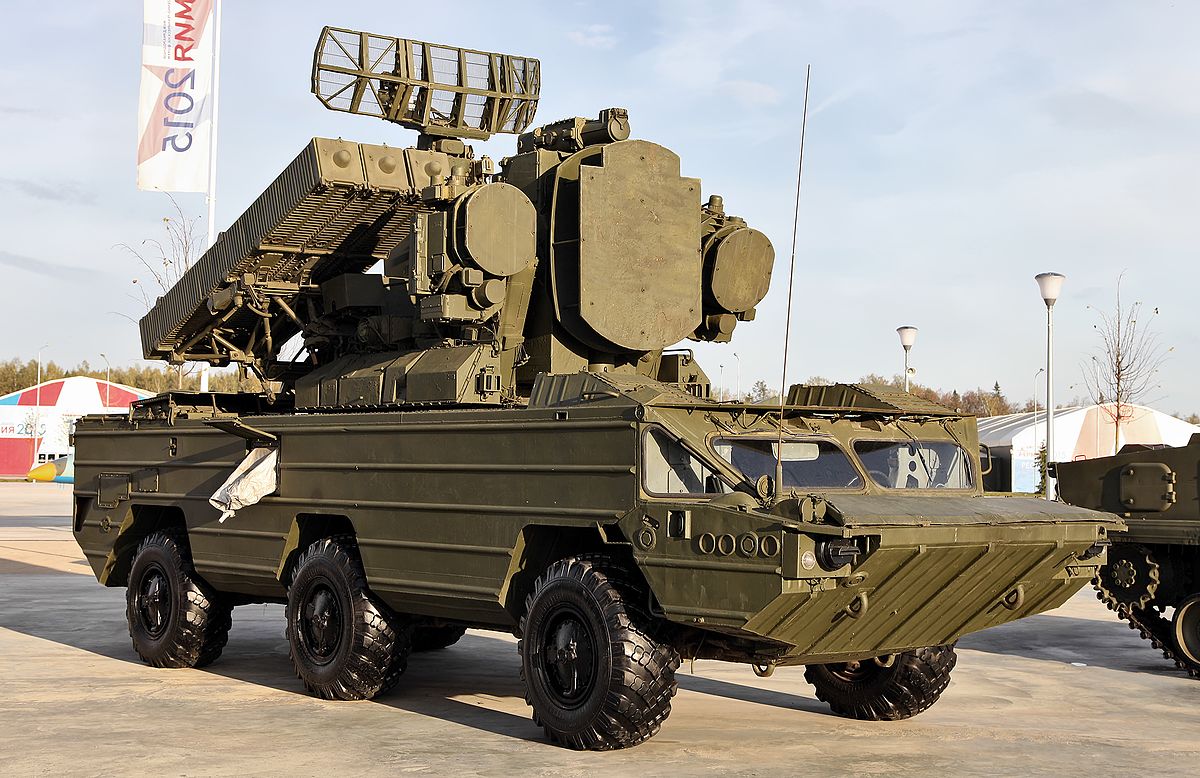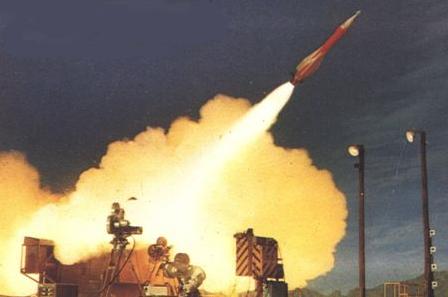- Joined
- 27 September 2006
- Messages
- 6,418
- Reaction score
- 6,827
Looking again at BSP4's excellent coverage of the PT428 missile
and similar British SAMs it struck me that the Russian Gecko wheeled
missile launcher system is the closest equivalent. Did someone in BAC
pass on info to the Russians? Until BSP4 there was no published picture
of the British system for us the taxpayer, yet the Russian Design Bureau
seems to have had a glimpse. On the other hand it could just be a similar
solution driven by a similar requirement.
UK 75
and similar British SAMs it struck me that the Russian Gecko wheeled
missile launcher system is the closest equivalent. Did someone in BAC
pass on info to the Russians? Until BSP4 there was no published picture
of the British system for us the taxpayer, yet the Russian Design Bureau
seems to have had a glimpse. On the other hand it could just be a similar
solution driven by a similar requirement.
UK 75


